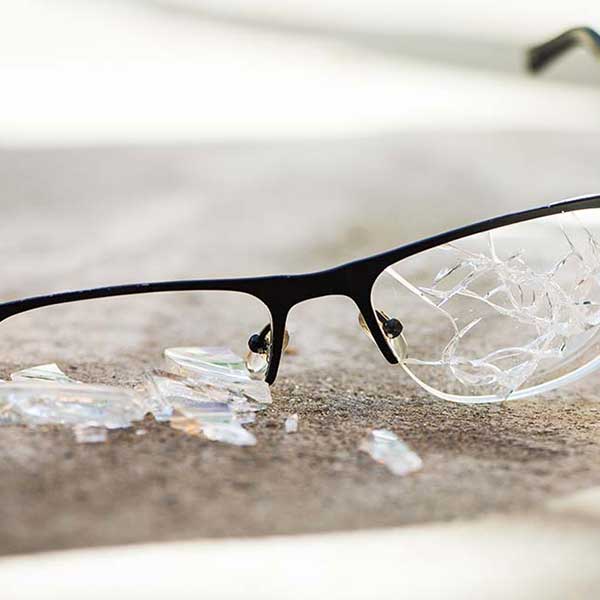Category: Case Law
Get real-world examples of how our expert witnesses can impact the outcome of a case.
Get real-world examples of how our expert witnesses can impact the outcome of a case.
Kayla joined Integra in 2022. As a part-time Document Coordinator, Kayla is a member of the team that helps ensure an efficient and smooth client care experience. With her keen attention to detail, efficiency, and organizational skills, Kayla helps ensure client records are correctly filed, processed, and prepared for medical professionals. Her role as Document Coordinator also includes quality control.
As a student interested in STEAM (Science, Technology, Engineering, Arts and Math), Kayla enjoys working with a multidisciplinary care team that helps to move clients forward. Her experience at Integra is shaping her aspirations for the future.
Outside of work, Kayla enjoys participating in activities that grow her leadership skills, reading, watching movies, cooking and baking, and spending time with her family. She also enjoys volunteering to help her local community and raising money for cancer research.
Kate Sexton entered the fast-paced world of Independent Medical Evaluations on a temporary, two-week assignment in 2010. Since then, she has worked for various companies, handling a range of positions – from graphic designer and documents coordinator, to Reports and Quality Assurance Manager. After taking a hiatus to have her son, she has returned to IME, ready to take on new challenges.
With a Bachelor of Fine Arts from the University of Waterloo, Kate has over a decade of experience in marketing, graphic design and communications. A natural organizer, she thrives on creating efficient systems and processes to boost productivity. Her compassionate demeanor and attention to detail make her a natural fit for this field.
On weekends, you can find Kate enjoying walks in Vancouver with her family, sipping Earl Grey tea, honing her calligraphy skills, and knitting. She is also a children’s book illustrator in her spare time.
Before joining Integra, I spent nine years in the retail industry, starting in customer service and eventually transitioning to the role of Operations Executive. In this capacity, I managed accounts, handled payroll, created staff schedules, and consistently met deadlines. Joining Integra marked a significant career change for me, providing an excellent opportunity to work with important documents, interact with Medical Professionals, QA members and ensure smooth departmental coordination to meet goals, all while enjoying the intricacies of documentation.
I recently completed a course in accounting and payroll. In my spare time, I continue to immerse myself in these areas, reflecting my passion for continuous learning and professional growth.
Joshua’s role as a part-time documents coordinator is to ensure the efficient and smooth handling of medical records between Integra’s referring clients and our medical professionals.
When not working part-time, Joshua is busy improving his golf game with a goal of securing a top spot on his College Golf Team, at Loyola Marymount University in Los Angeles in the fall of 2024. He plans to study Business with a focus on Entrepreneurship and then to pursue a career as a professional golfer. His current handicap is +2.8. Joshua uses his golf talents to fundraise for cancer-supporting charities, including the Women in Insurance Cancer Crusade, and most recently Make-A-Wish Canada.
Bob has decades of experience in the medical legal arena, both as a clinician working as a Case Manager and Employment Counselor as well as a Business Development Director with a variety of rehabilitation and related providers throughout Ontario.
Bob has worked providing case management services for seriously injured individuals, coordinated medical and rehabilitation services for individuals, and built relationships across the medical legal space for almost four decades.
Bob’s knowledge of the Ontario SABS, his large network of lawyers and healthcare professionals, and his vast experience as a case manager and as a foster parent will serve him well in his new role.
THANK YOU!
Your request has been successfully submitted. We’ll be in touch shortly.










